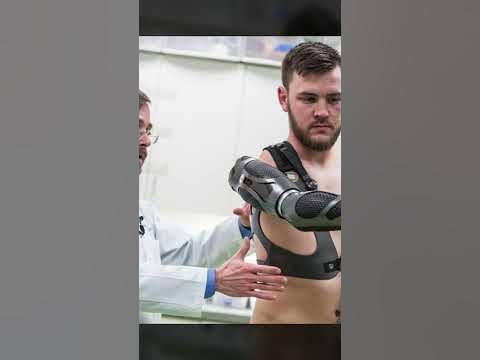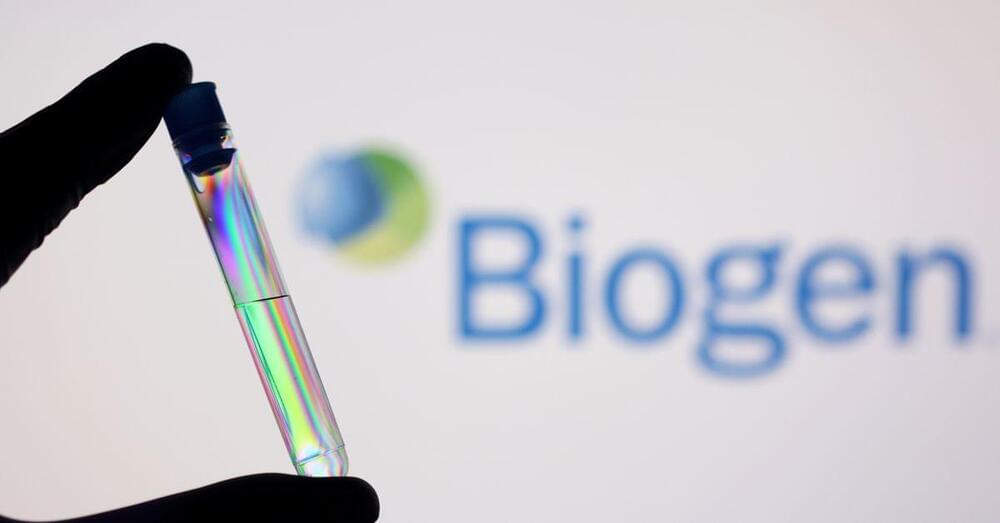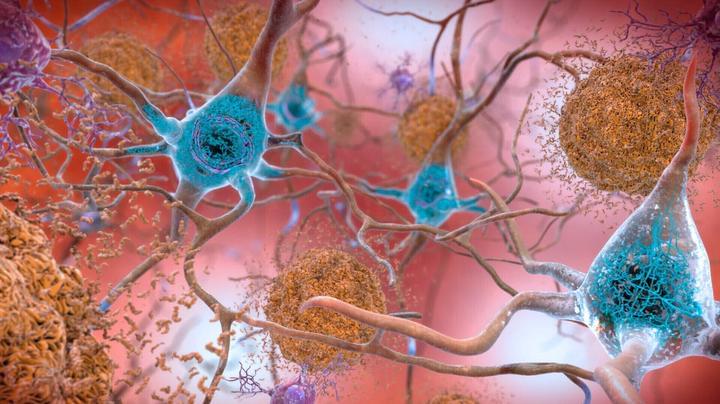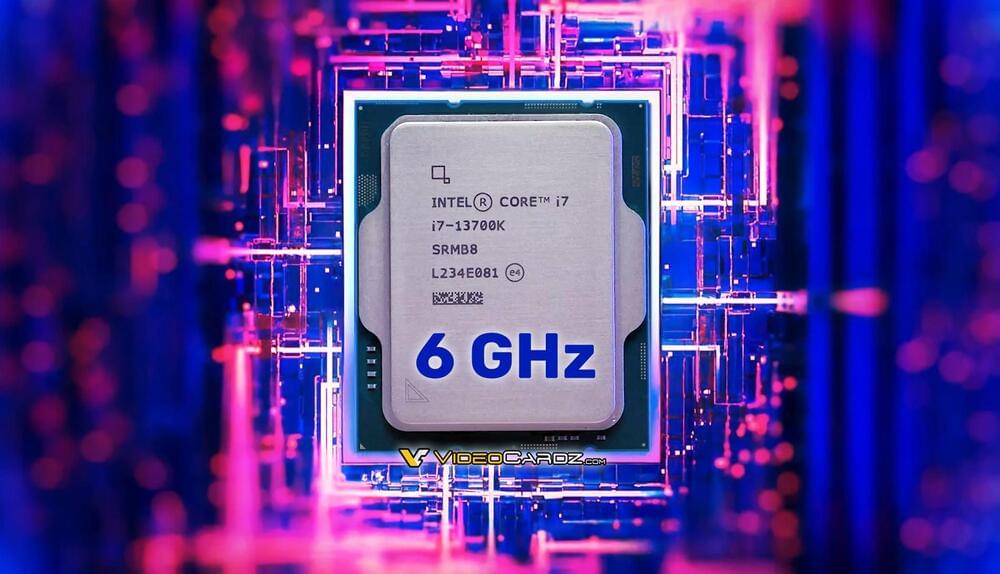Page 3871
Nov 29, 2022
Rare success for Alzheimer’s research unlocks hope for future therapies
Posted by Dan Kummer in categories: biotech/medical, neuroscience
CHICAGO, Nov 29 (Reuters) — The first big breakthrough in 30 years of Alzheimer’s research is providing momentum for clinical trials of “cocktail” treatments targeting the two hallmark proteins associated with the mind-robbing disease, according to interviews with researchers and pharmaceutical executives.
Drugmakers Eisai Co Ltd (4523.T) and Biogen (BIIB.O)
Reported in September that their therapy lecanemab could slow progress of the disease by 27% over 18 months compared with a placebo [ read more.
Nov 29, 2022
Neuralink to make major announcement tomorrow #shorts
Posted by Kelvin Dafiaghor in categories: media & arts, neuroscience

Music is Truth Police by White Bat AudioDespite personal controversies I’m interested to see where the science goes.
Nov 29, 2022
Bitcoin On Exchanges Keeps Sliding, 1 Million BTC Pulled From These Platforms
Posted by Kelvin Dafiaghor in categories: bitcoin, cryptocurrencies
Bitcoin is trending sideways in its current range, the cryptocurrency managed to prevent a fresh assault from the bears, but uncertainty remains strong in the market. This status quo supports the price action, and it could operate as the dominant trend for the remaining of the year.
As of this writing, Bitcoin trades at $16,400. The cryptocurrency has been stuck at these levels for today’s trading session after re-testing its yearly lows yesterday. In the wake of FTX’s collapse, crypto users have lost confidence. This could have a long-lasting impact on the nascent asset class.
Data from crypto exchange Bitfinex indicates that users are withdrawing their Bitcoin from exchanges en masse. The FTX’s collapse triggered a massive BTC outflow from trading venues; investors fear losing their funds in the contagion.
Nov 29, 2022
Scientists hail major breakthrough in fight against Alzheimer’s as drug proven to slow disease
Posted by Paul Battista in categories: biotech/medical, neuroscience
‘This is the first drug that provides a real treatment option,’ says leading researcher Scientists are hailing a historic step in the fight against Alzheimer’s, after a drug was proven to slow the disease in long-awaited clinical trials. The breakthrough comes after decades of failed attempts to find a way to do so, and has prompted hope among experts that it could eventually pave the way for treatments which could ultimately lead to a cure.
Nov 29, 2022
Seemingly Impossible: Nanostructure Compresses Light 10,000 Times Thinner Than a Human Hair
Posted by Quinn Sena in categories: biotech/medical, chemistry, nanotechnology
Until recently, physicists widely believed that it was impossible to compress light below the so-called diffraction limit, except when utilizing metal nanoparticles, which also absorb light. As a result, it seemed to be impossible to compress light strongly in dielectric materials like silicon, which are essential for information technologies and had the significant advantage of not absorbing light. Interestingly, it was theoretically shown that the diffraction limit does not apply to dielectrics back in 2006. However, no one has been able to demonstrate this in the actual world due to the fact that it requires such complex nanotechnology that no one has yet been able to create the required dielectric nanostructures.
A research team from the Technical University of Denmark has created a device known as a “dielectric nanocavity” that successfully concentrates light in a volume 12 times smaller than the diffraction limit. The finding is groundbreaking in optical research and was recently published in the journal Nature Communications.
Nature Communications is a peer-reviewed, open access, multidisciplinary, scientific journal published by Nature Research. It covers the natural sciences, including physics, biology, chemistry, medicine, and earth sciences. It began publishing in 2010 and has editorial offices in London, Berlin, New York City, and Shanghai.
Nov 29, 2022
Cerebras’ New Monster AI Chip Adds 1.4 Trillion Transistors
Posted by Quinn Sena in category: robotics/AI
Year 2021 face_with_colon_three
Shift to 7-nanometer process boosts the second-generation chip’s transistor count to a mind boggling 2.6-trillion
Nov 29, 2022
Novel Transistor-Free Compute-in-Memory Chip Architecture Could Unlock Efficient, Fast, Accurate AI
Posted by Quinn Sena in category: robotics/AI
Ditching transistors for ferroelectric diodes, this new computer architecture could prove up to 100 times faster than current tech.
Nov 29, 2022
Gigabyte’s “Instant 6 GHz” feature now available for Core i9-13900K & Core i7-13700K CPUs on Z690 motherboards
Posted by Quinn Sena in category: computing
November 28th, 2022 – GIGABYTE TECHNOLOGY Co. Ltd, a leading manufacturer of motherboards, graphics cards, and hardware solutions, today announced to extend the instant 6GHz technology designed for Intel® Core™ i9-13900K and Core™ i7-13700K processors to the Z690 platform. By simply upgrading the latest BIOS of Z690 motherboards and activating the relevant settings, users can optimize their Intel® Core™ i9-13900K and Core™ i7-13700K processors to 6GHz for the performance boost on single-core up to 3%. This enables users who stay with the existing Z690 platform can enjoy the performance enhancement of the new CPU as well.
The latest Intel® 13th gen processor has impressed users with its class-leading performance. GIGABYTE’s Instant 6GHz on the Z790 platform was renowned for unleashing the performance of Intel® Core™ i9-13900K and Core™ i7-13700K processors for users in an easier way and is now employed on the Z690 platform. By simply upgrading the latest BIOS with Instant 6GHz activated, the system can automatically tweak CPU voltage and Vcore Load Line Calibration of Intel® Core™ i9-13900K and Core™ i7-13700K processors to detect the most two optimized cores running at 6GHz frequency. This further delivers a 3% performance boost on one single core like the Z790 platform.
GIGABYTE motherboards are notable for their exclusive VRM design, thermal design, and fine-tuning for convenience. To provide a superior user experience and maximum benefits to users, GIGABYTE brings Instant 6GHz technology to the Z690 platform for those who use Intel® 13th gen processor without upgrading to Z790 motherboards can also get a performance boost with ease.
Nov 29, 2022
110-million-year-old Dinosaur very well preserved discovered accidentally
Posted by Quinn Sena in category: futurism
The remains seem like they were only a few weeks old despite the fact that the dinosaur died over 110 million years ago.

















